Striking footbridge reconnects Tintagel Castle to the Cornish cliffs
Separated over 500 years ago by a dramatic gorge, Tintagel Castle has been reconnected to the mainland with a red steel footbridge. Paved with slate and quartzite tiles, it slices through the Cornish coastal landscape, unexpectedly – yet successfully – connecting history and legend to the present
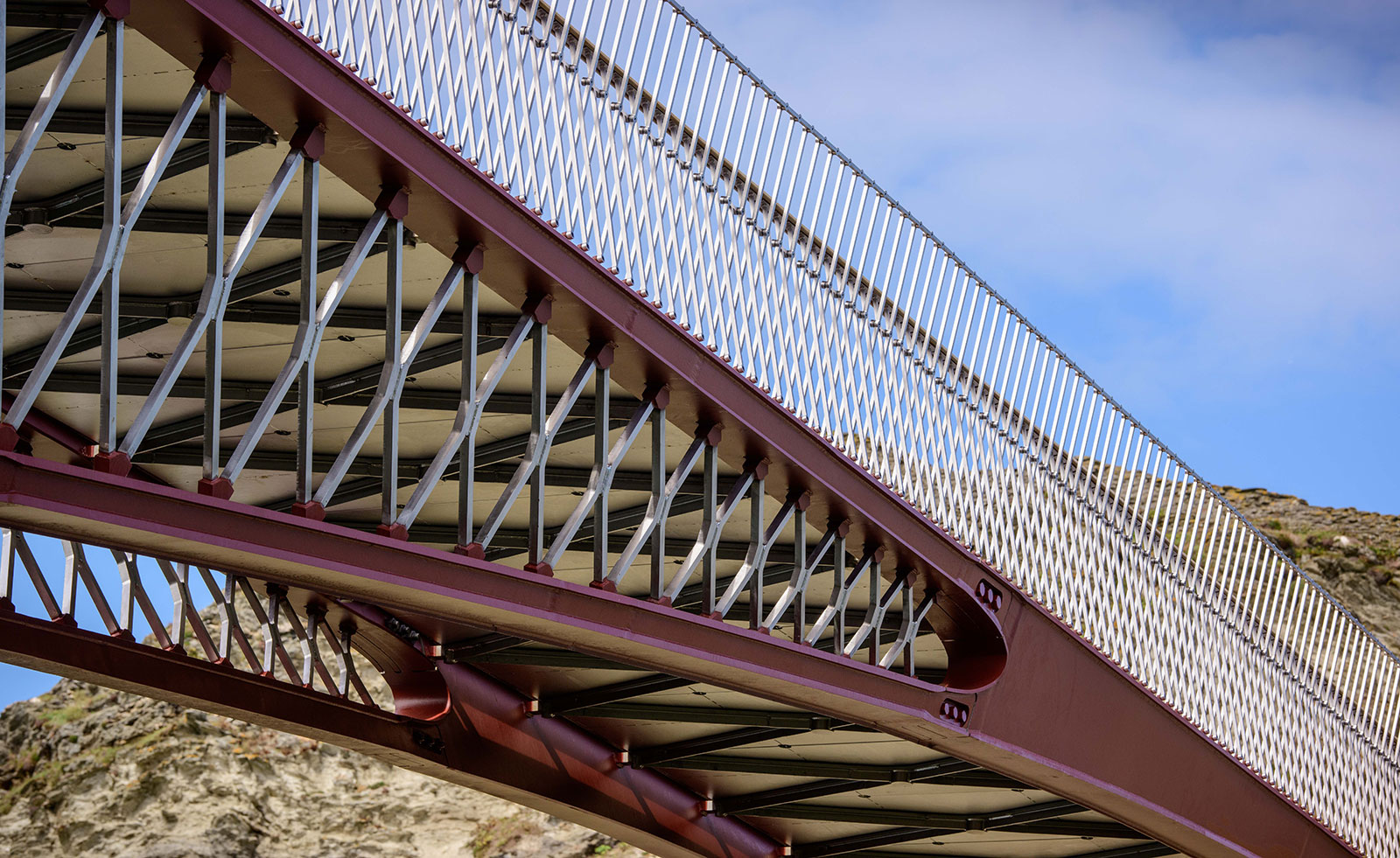
Visitors to Tintagel Castle in Cornwall used to have to climb up and down 148 steep and narrow steps to get from one side of what remains of the castle to the other, frequently getting stuck in logjams in warmer months. Now a new footbridge across the 58m gorge means people, and wheelchairs, can get across in seconds while enjoying dramatic views through rugged cliff promontories out to sea.
‘It isn’t one bridge, it is actually two half bridges,’ clarifies Laurent Ney, founder of Belgium-based structural engineering consultancy Ney & Partners that designed the bridge with London-based William Matthews Associates. The bridge is indeed made up of two independent 33m-long cantilevers that project out and almost meet in the middle (spoiler alert: two pins actually connect the two halves but are almost invisible, and there is a very real gap of around 4cm that expands and retracts with the cold and heat).
A cantilevered structure, which is as strong while it is being built as when it is completed, was deemed the best solution for a site that is not accessible to trucks or cranes says Matthews. ‘Construction was by cable crane, which is a bit like a ski lift and very common in the Alps but less so here,’ explains Matthews. ‘Long rock anchors on either side were placed low enough to avoid disturbing the archaeology.’
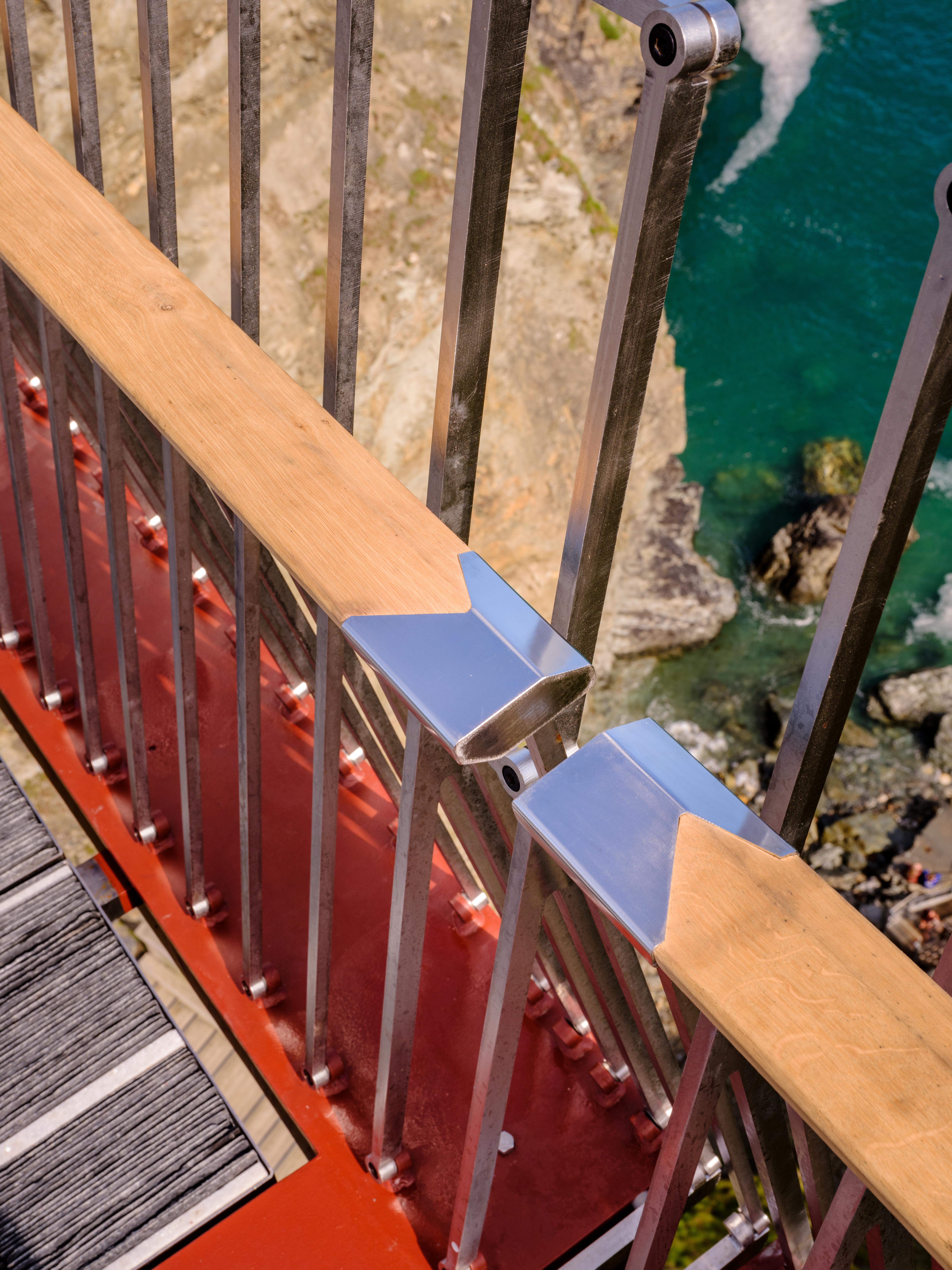
The new bridge at Tintagel is part of a wider five million pound project by English Heritage to enhance the ecology of the plateau through dedicated footpaths and landscaping that preserves its archaeology and minimises erosion.
For the team behind it, it’s also about re-connecting the 13th century gatehouse on the mainland with the rest of the castle on the headland and recreating the route of the original land-bridge that existed there some five centuries ago.
‘The bridge represents that transition from mainland to island, from present to the past and from history to legend,’ says Matthews.
The materials of the bridge are a blend of the sophisticated and urban, as well as the unexpected and tactile. The main structure is made out of mild steel painted red, while the balustrading and the diagonal bars that connect the deck and the lower chord, are made out of electro-polished stainless steel that almost disappears out of view from a distance.

It’s the walkway composed of 40,000 small slate tiles sourced from three miles away that really wows however. The tiles have been laid vertically on edge in steel trays and interspersed with white quartzite tiles to reference the delicate lines of quartz found on slate rocks in the area.
‘The idea was that it’s as if the slate paths on either side of the bridge continue as you cross,’ says Matthews.
The results are textured and dynamic, resembling a tapestry from a distance. Remarkably, they also appear to reduce vertigo as you can’t see through to the 57m drop below.
The new bridge at Tintagel hasn’t been without controversy. Its detractors say the site should have been kept as is and not altered to make it more commercial. As interventions go however, this one not only has a strong rationale and integrates well into the landscape (and will do even more so as it ages), it also inspires awe and awakens the imagination. And, after all, that is what this evocative site is all about. §
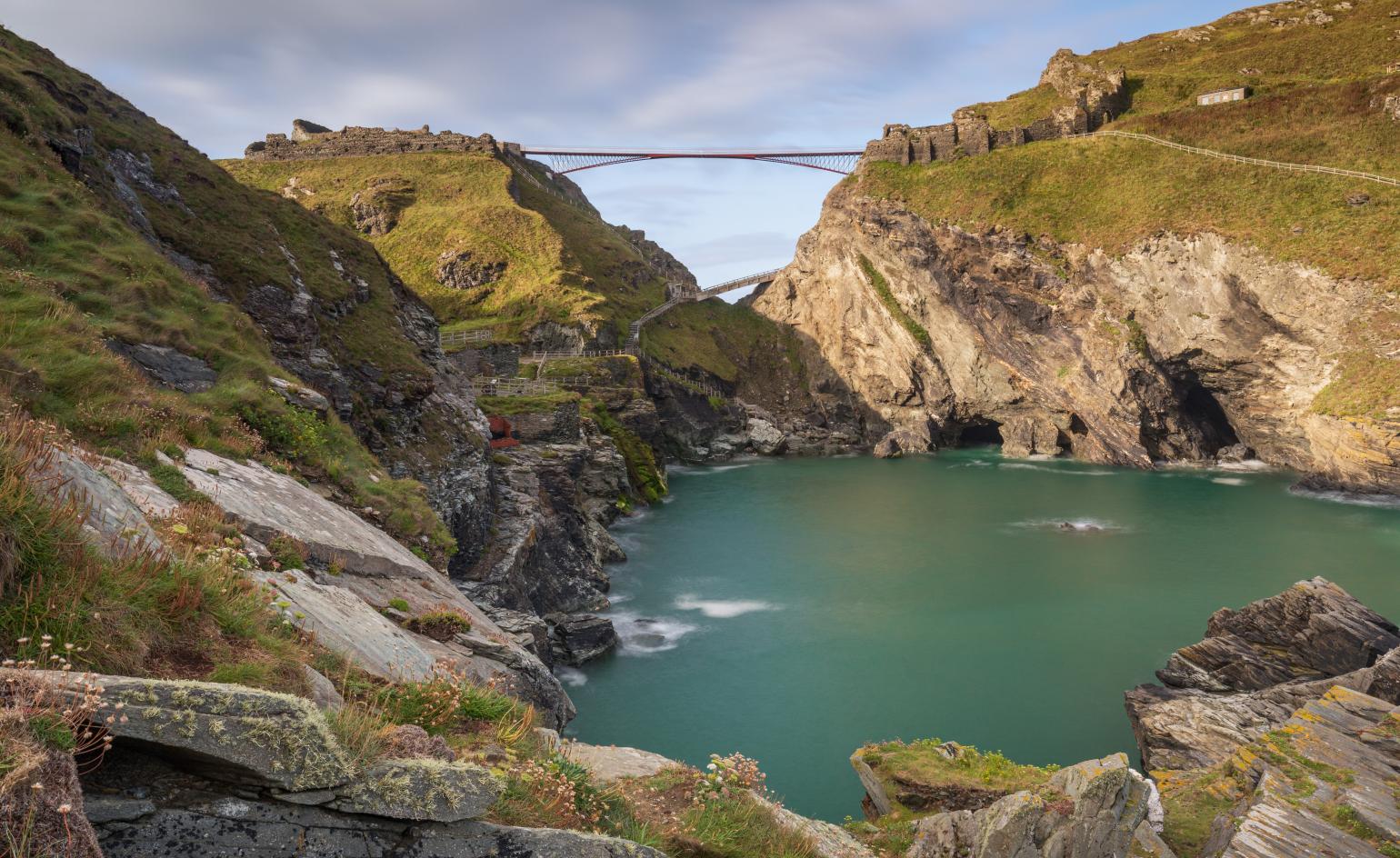
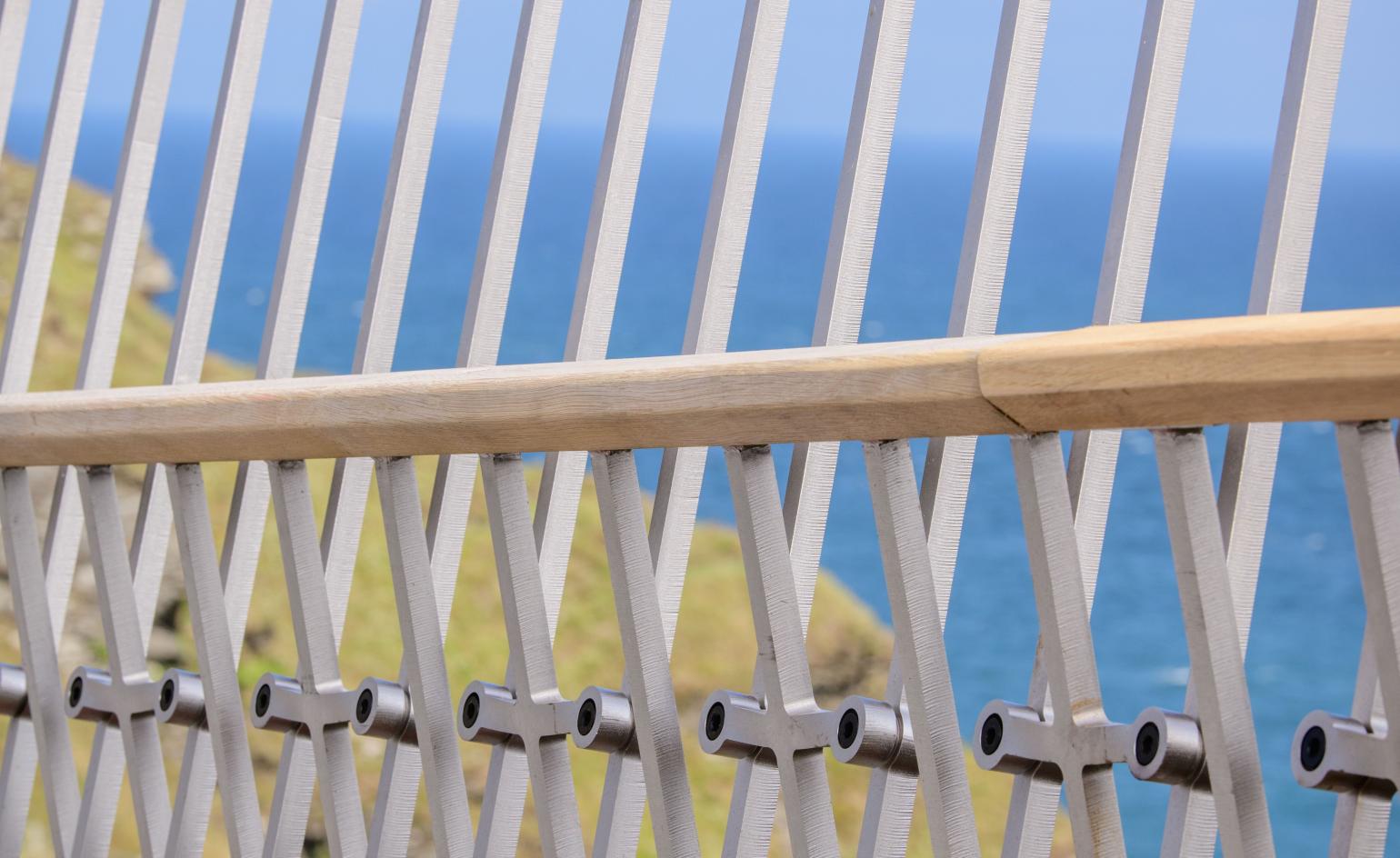
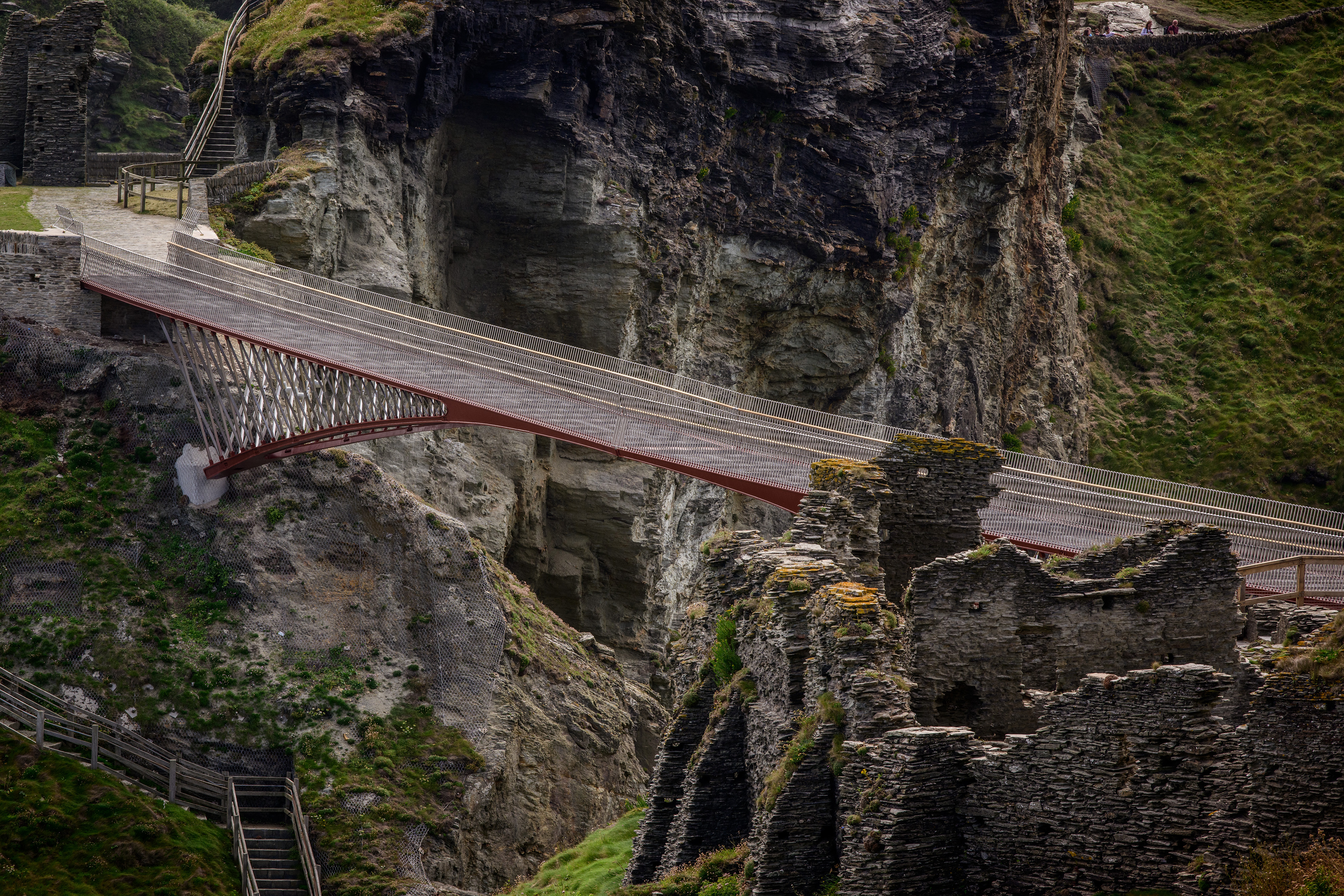
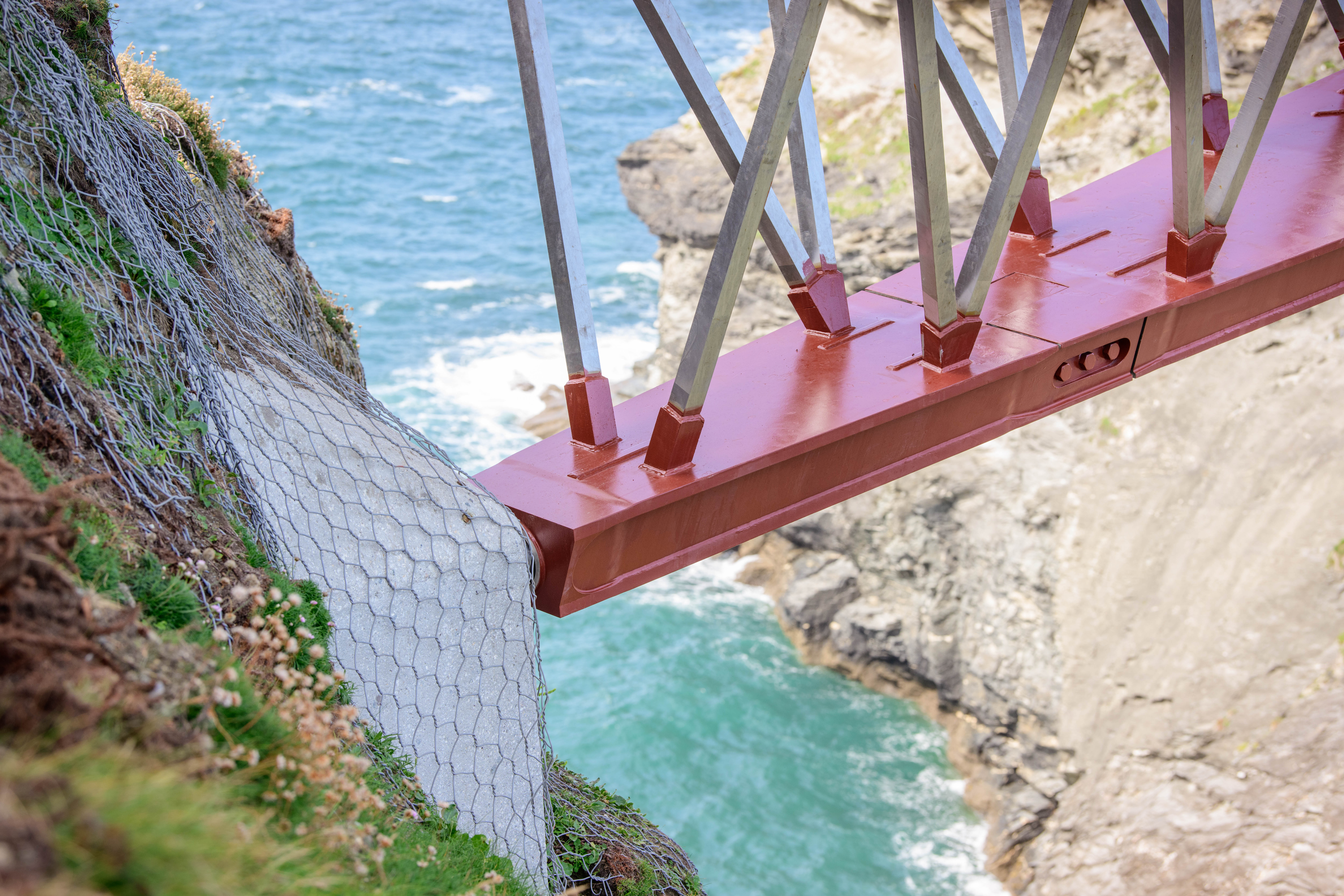
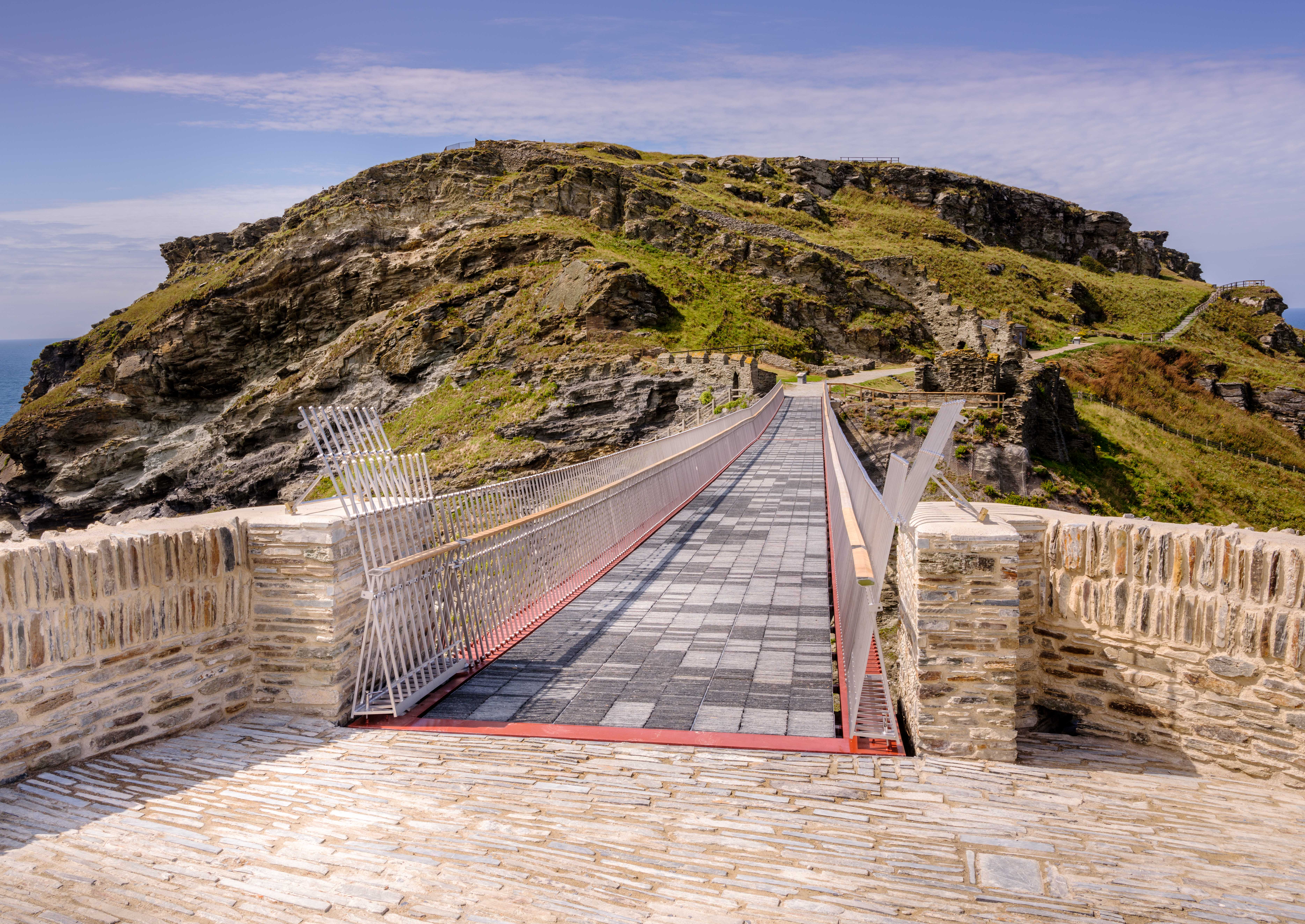

INFORMATION
wma.co
ney.partners
english-heritage.org.uk
ADDRESS
Tintagel Castle
Castle road
Tintagel
PL34 0HE
UK
Wallpaper* Newsletter
Receive our daily digest of inspiration, escapism and design stories from around the world direct to your inbox.
Giovanna Dunmall is a freelance journalist based in London and West Wales who writes about architecture, culture, travel and design for international publications including The National, Wallpaper*, Azure, Detail, Damn, Conde Nast Traveller, AD India, Interior Design, Design Anthology and others. She also does editing, translation and copy writing work for architecture practices, design brands and cultural organisations.
-
 Eight designers to know from Rossana Orlandi Gallery’s Milan Design Week 2025 exhibition
Eight designers to know from Rossana Orlandi Gallery’s Milan Design Week 2025 exhibitionWallpaper’s highlights from the mega-exhibition at Rossana Orlandi Gallery include some of the most compelling names in design today
By Anna Solomon
-
 Nikos Koulis brings a cool wearability to high jewellery
Nikos Koulis brings a cool wearability to high jewelleryNikos Koulis experiments with unusual diamond cuts and modern materials in a new collection, ‘Wish’
By Hannah Silver
-
 A Xingfa cement factory’s reimagining breathes new life into an abandoned industrial site
A Xingfa cement factory’s reimagining breathes new life into an abandoned industrial siteWe tour the Xingfa cement factory in China, where a redesign by landscape specialist SWA Group completely transforms an old industrial site into a lush park
By Daven Wu
-
 EV start-up Halcyon transforms a classic 1970s Rolls-Royce into a smooth electric operator
EV start-up Halcyon transforms a classic 1970s Rolls-Royce into a smooth electric operatorThis 1978 Rolls-Royce Corniche is the first fruit of a new electric restomod company, the Surrey-based Halcyon
By Jonathan Bell
-
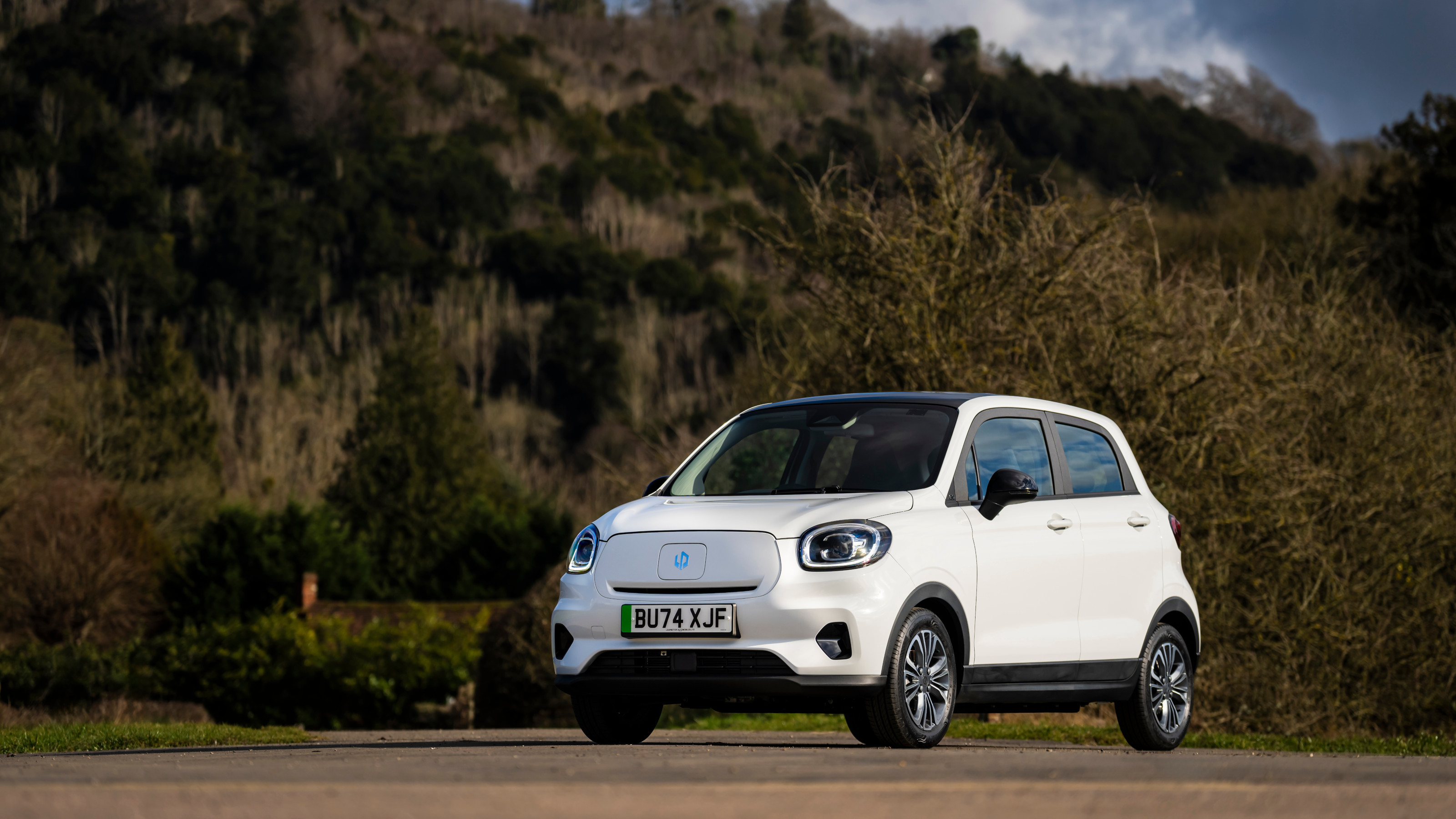 China’s Leapmotor pounces on the European car market with its T03 city car and C10 SUV
China’s Leapmotor pounces on the European car market with its T03 city car and C10 SUVLeapmotor’s tiny electric city car could be just the tonic for cramped urban Europe. We sample the T03 and its new sibling, the fully loaded C10 SUV, to see if the company’s value proposition stacks up
By Jonathan Bell
-
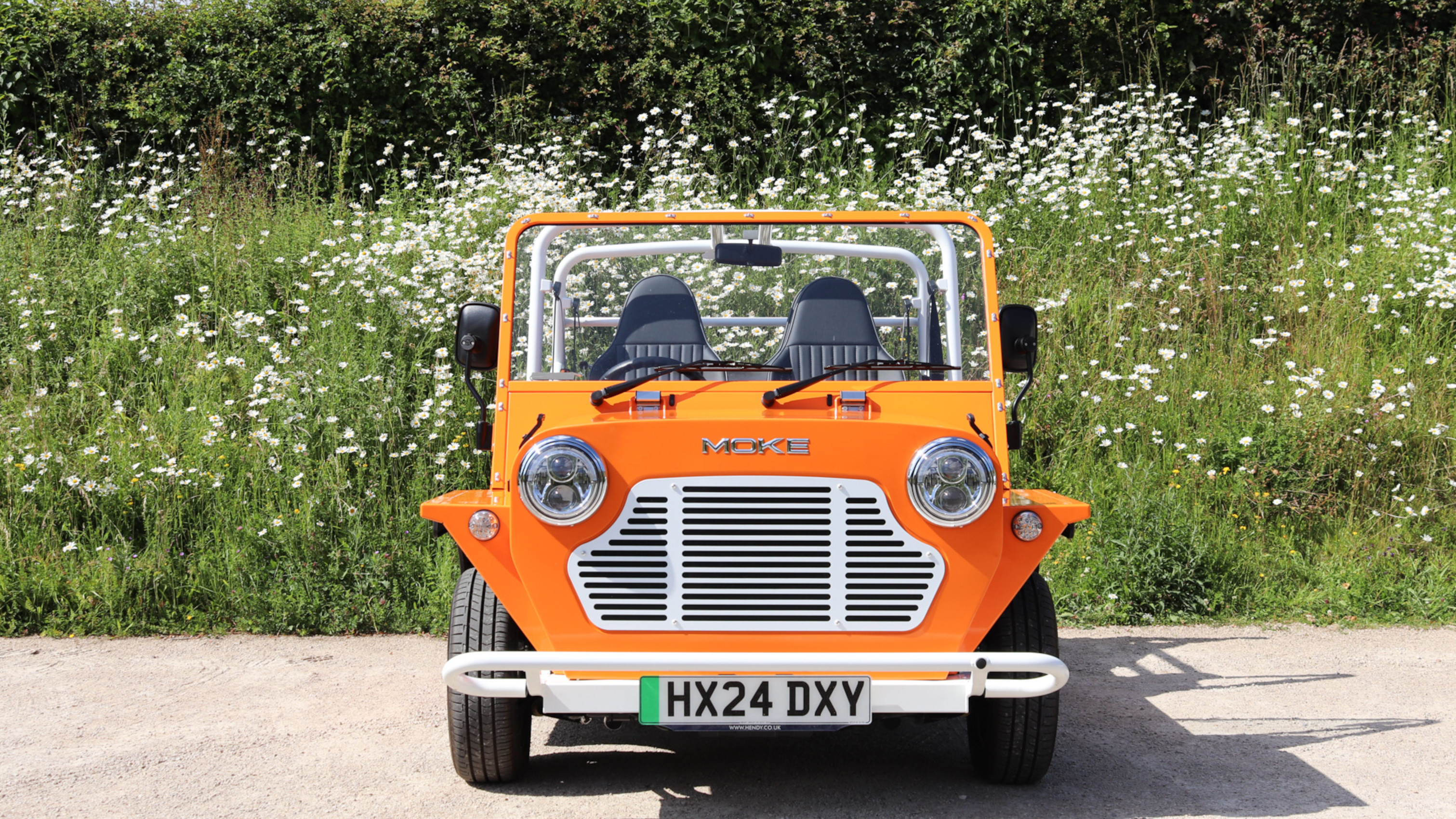 We make off with a MOKE and experience the cult EV on the sunny backroads of Surrey
We make off with a MOKE and experience the cult EV on the sunny backroads of SurreyMOKE is a cult car with a bright future. Wallpaper* sat down with the company's new CEO Nick English to discuss his future plans for this very British beach machine
By Jonathan Bell
-
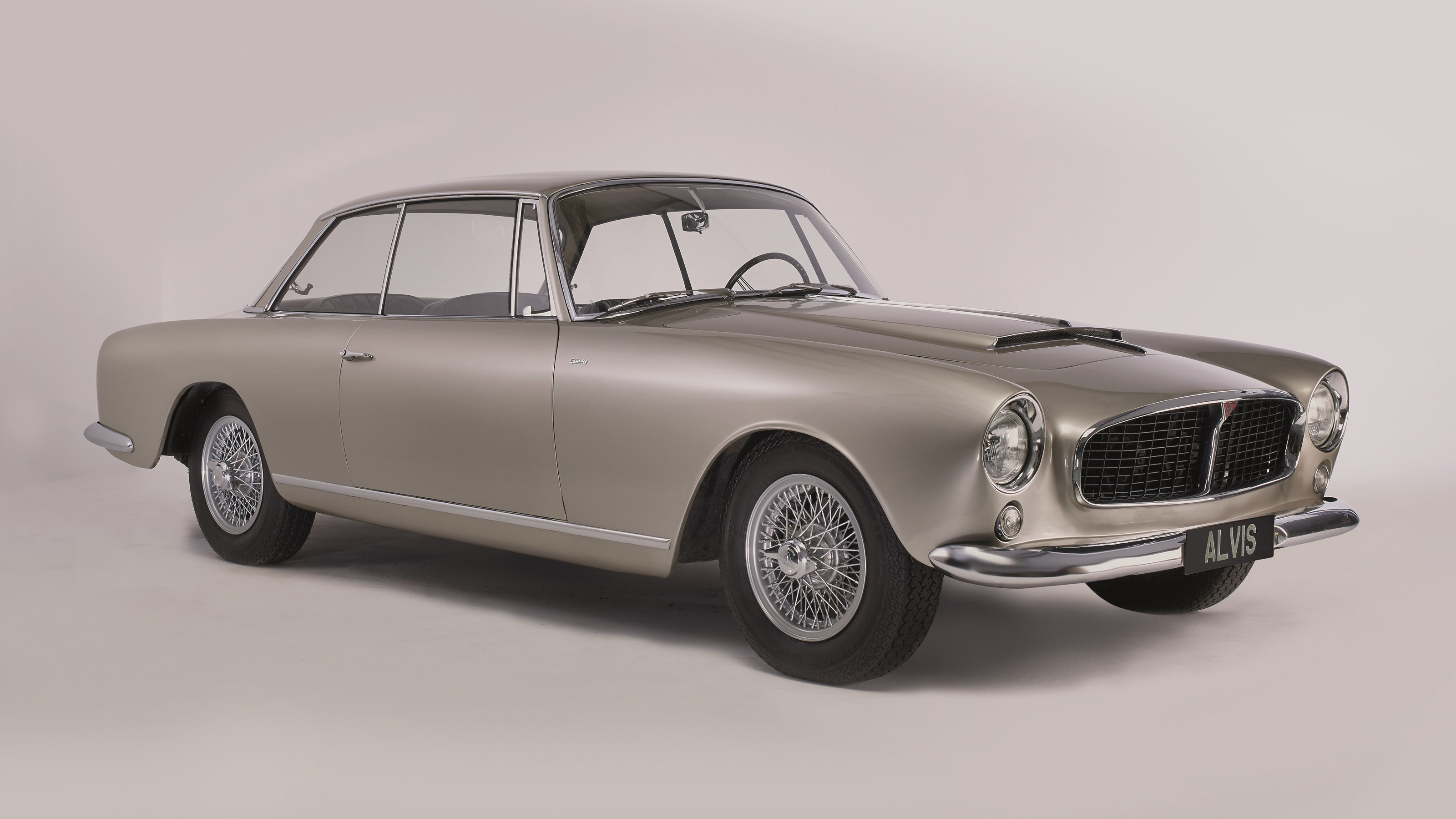 Meet the Alvis continuation series – a storied name in British motoring history is back
Meet the Alvis continuation series – a storied name in British motoring history is backThe Alvis name is more than a century old yet you can still order a factory-fresh model from its impressive back catalogue, thanks to the survival of its unique archive
By Josh Sims
-
 Hongqi’s Giles Taylor on the Chinese car maker's imminent arrival in the UK
Hongqi’s Giles Taylor on the Chinese car maker's imminent arrival in the UKHongqi makes China's state limousines. By 2026, it'll have a pair of premium EVs on UK roads. Giles Taylor, its VP of design, tells us about its design approach, and ambition in Europe
By Aysar Ghassan
-
 British sports car builder Caterham teams up with the RAF to create this bespoke machine
British sports car builder Caterham teams up with the RAF to create this bespoke machineHelicopter parts are repurposed for the bodywork of this Caterham Seven 360R, built in collaboration with RAF Benson
By Jonathan Bell
-
 Will this UK company secure the future of classic cars?
Will this UK company secure the future of classic cars?Everrati, a specialist UK engineering firm hailing from the rolling hills of the Cotswolds in the UK, thinks it holds the key to classic car electrification
By Jonathan Bell
-
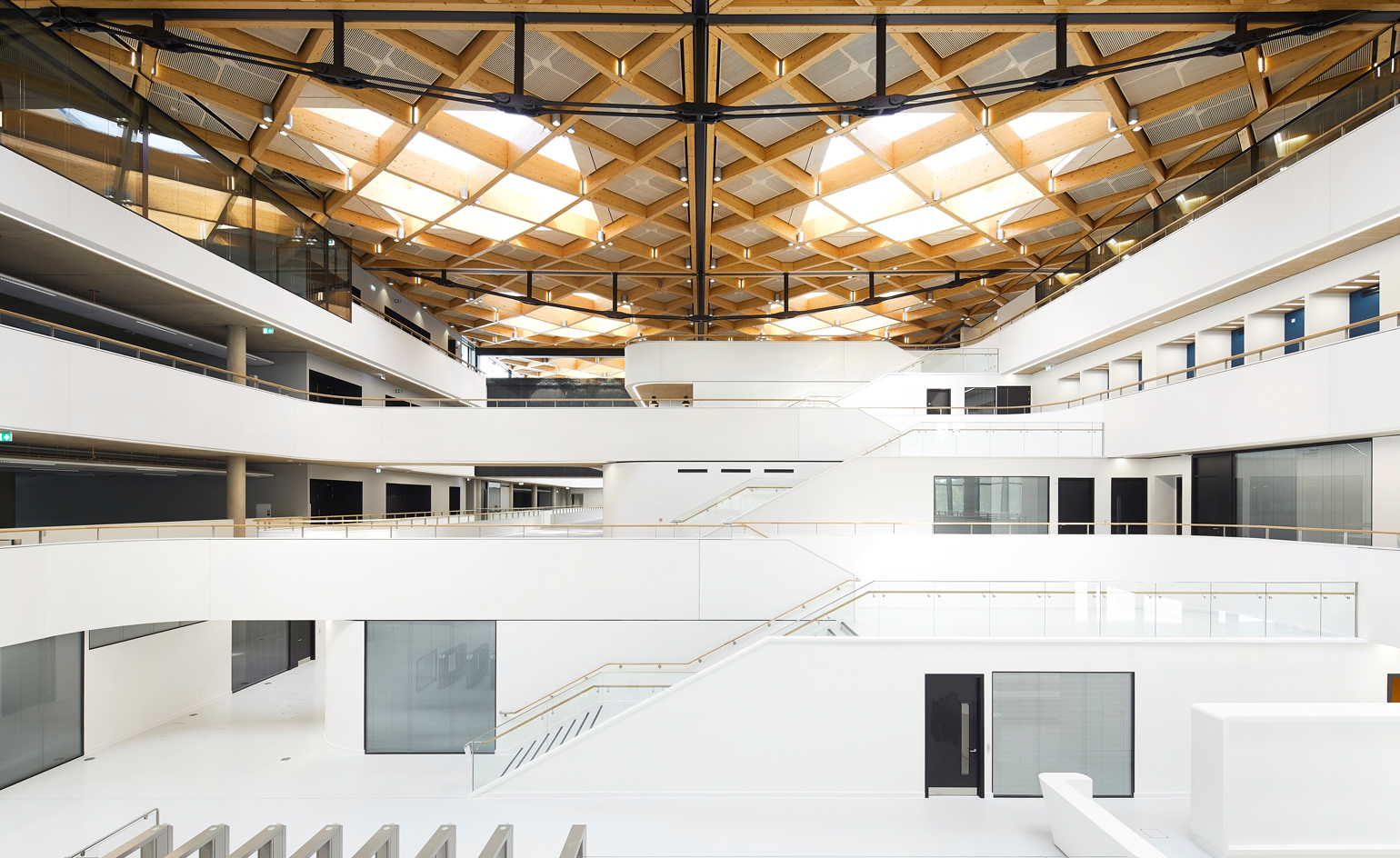 NAIC's architectural facility in England’s car-making heartland
NAIC's architectural facility in England’s car-making heartlandDesigned by Cullinan Studio, the centre sits at the entrance to the University of Warwick campus
By Guy Bird